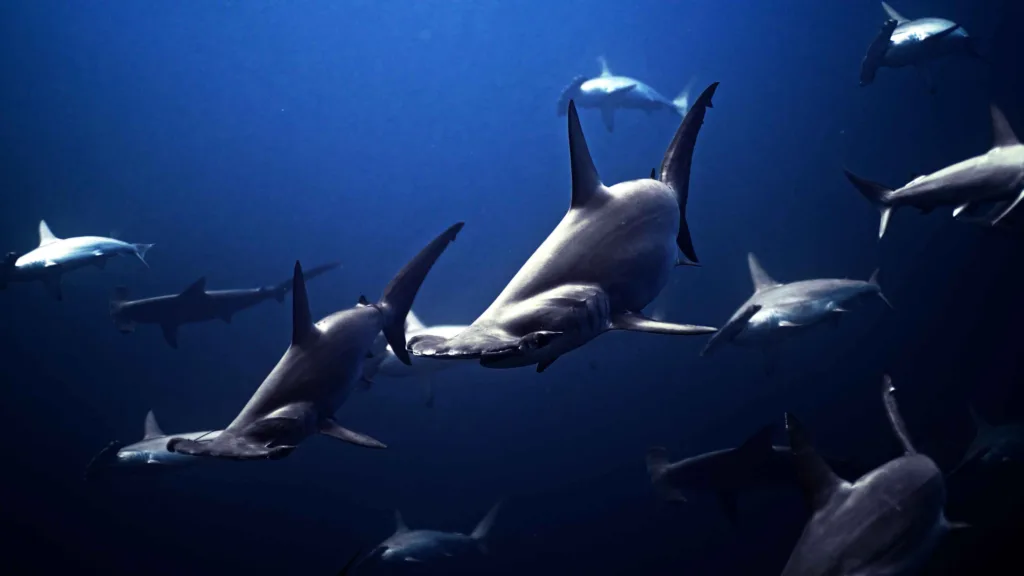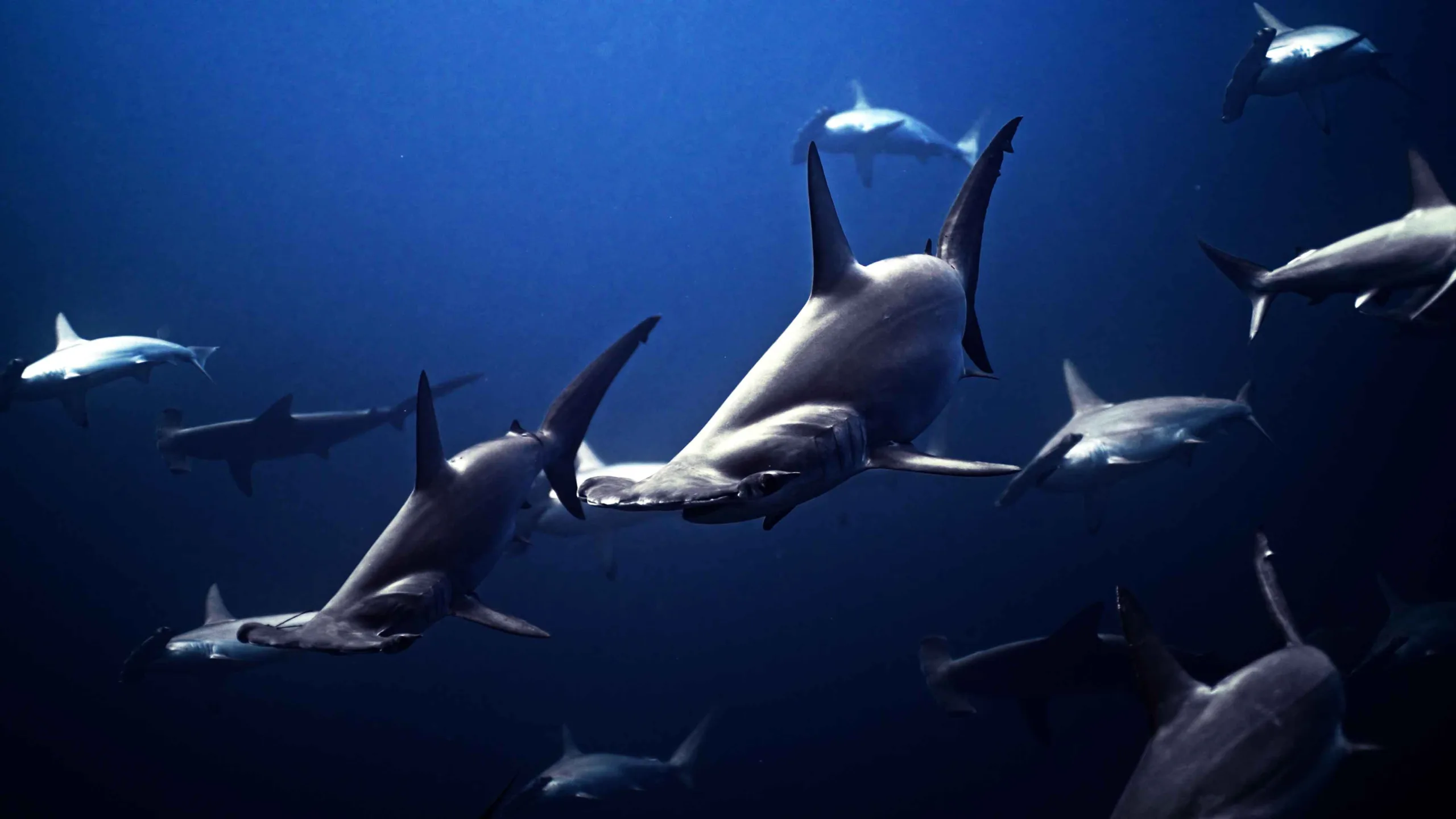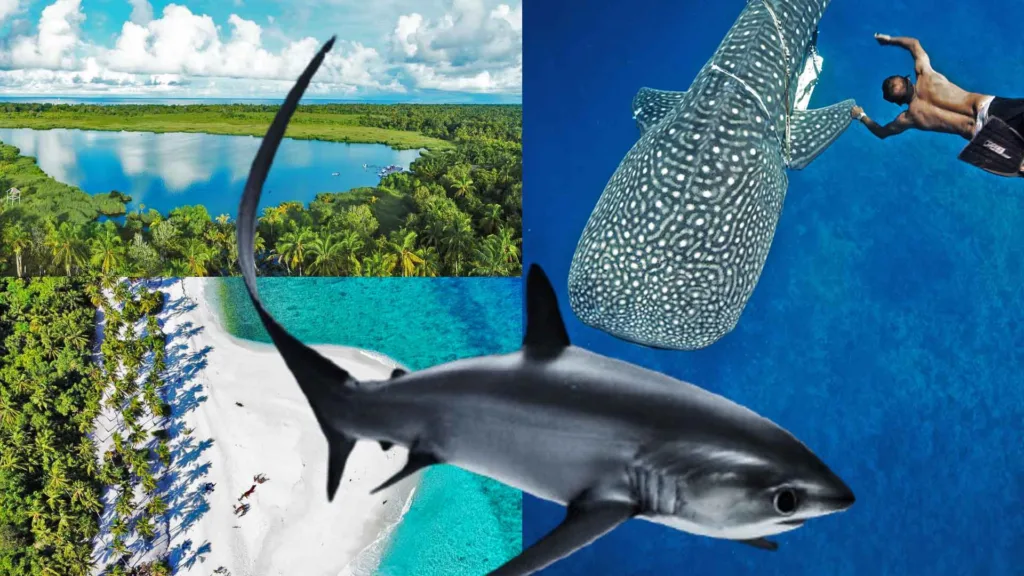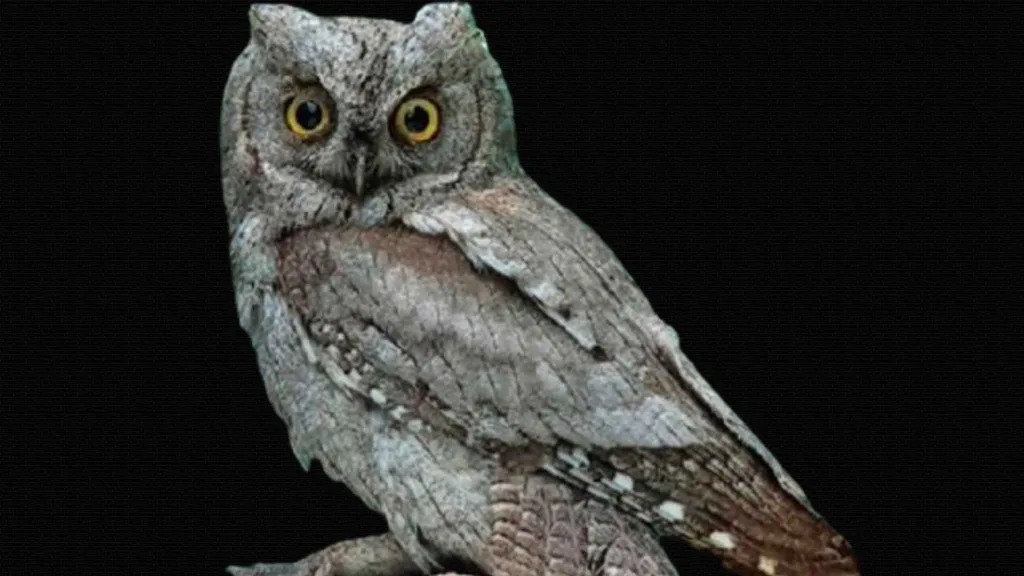
The underwater environment surrounding Fuvahmulah is stunning and is home to a wide variety of fish. Another VVIP species protecting the mysterious island is the scalloped hammerhead shark (Sphyrna lewini). The shark is known locally as Kaaligandu miyaru. In the Fuvahmulah dialect, the shark is known as beedibol meyre. The shark gets its name from its unusual cushion-like head (cephalofoil) and coconut leaf base.
The hammerhead shark has a special head shape and body that help it find its favourite food. The shark’s big head is a powerful weapon that can locate and trap the stingrays at the bottom of the ocean. Normally a hammerhead shark hunts for itself to find prey such as stingrays. Other prey include crabs, squid, lobsters, bony fish, and other sea creatures. The hammerhead shark can see a wider area faster than other sharks because it has eyes on each end of its wide head. The hammerhead shark’s head is composed of sensors that can provide the shark the ability to locate food. As it roams, the hammerhead shark picks up electrical signals from living things.
The belly of these fish is white, and the tops are greyish brown or olive green. Their teeth are very cool. Triangular in shape and serrated, they are reminiscent of the edge of a saw blade in appearance. The hammerhead shark’s mouth is on the back of its head. Hammerhead sharks don’t lay eggs like many other fish do. Females give birth to six to fifty pups in a litter. A hammerhead pup’s head is rounder when it is born than its parents’.
The hammerhead rarely attacks people. Its unique head shape helps it identify prey, which makes it a good predator. They can see more than most other sharks because their eyes are widely spaced. Their large, mallet-shaped heads enable them to search the ocean for food more thoroughly due to their highly specialised senses.
The majority of hammerhead species are small and thought to be safe for people. Hammerhead shark attacks are rare, despite the shark’s enormous size and potentially frightening appearance. The squat-headed hammerhead (Sphyrna mokarran), the scalloped hammerhead (Sphyrna lewini), the smalleye hammerhead (Sphyrna tudes), and the smooth hammerhead (Sphyrna zygaena) are all listed as endangered or vulnerable on the IUCN Red List of Threatened Species.
The Maldives may have three distinct hammerhead species. However, Sphyrna lewini is the only one that has been recorded and proven to be real from that point on. Divers saw large groups of fish near A. Rasdhoo and a few other spots. They were previously classified under the Sphymidae family. It could be harmful to people. The great hammerhead sharks (Sphyrna mokarran) can be found in Fuvahmulah, and they also live in Hulhumale’, which is in the middle of the Maldives. Several locations have gained fame due to their frequent sightings (Anderson 1997).
Fuvahmulah Island is home to scalloped hammerhead sharks (Sphyrna lewini) throughout the year. If you are fortunate enough to be in the right environment, you will be able to see these incredible species forming in schools. Dive sites such as Hammerhead Point, located in the north Ari Atoll of the Maldives, and Madivaru are areas where this species is found.




